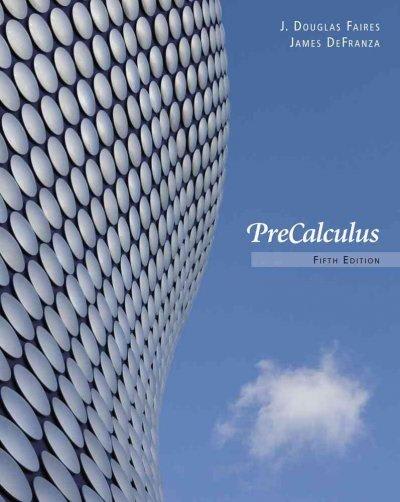Answered step by step
Verified Expert Solution
Question
1 Approved Answer
2. Consider f[:c,y) = (a) (b) (C) (d) y2_$2 2 Draw contour lines for f(a:,y) and g(u,v) in a single icy-plane and single av- plane


Step by Step Solution
There are 3 Steps involved in it
Step: 1

Get Instant Access to Expert-Tailored Solutions
See step-by-step solutions with expert insights and AI powered tools for academic success
Step: 2

Step: 3

Ace Your Homework with AI
Get the answers you need in no time with our AI-driven, step-by-step assistance
Get Started


